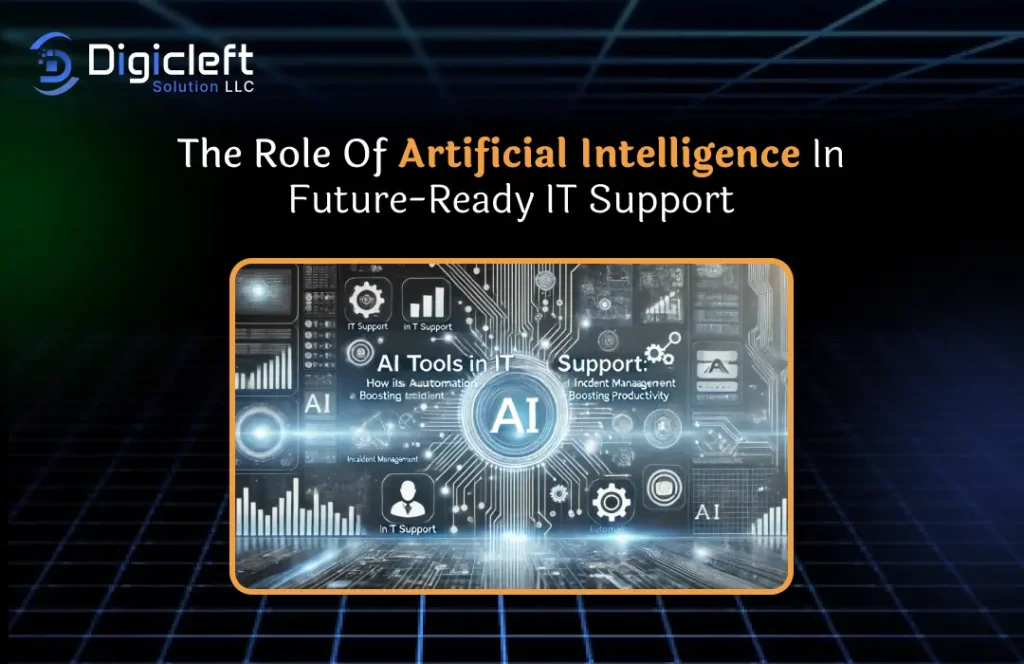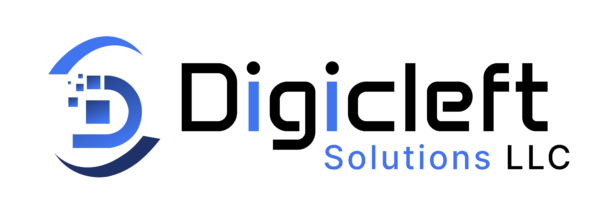
Preface to AI in IT Support
If you’ve ever sat staring at a frozen screen while your IT team “gets back to you,” you know the frustration. Now imagine a system that doesn’t just wait for problems to occur it predicts them, prevents them, and even fixes them in real time. That’s the power of Artificial Intelligence (AI) in IT’s support. AI isn’t just another tech buzzword; it’s becoming the beating heart of future-ready IT support. With AI, businesses can move from reactive firefighting to proactive problem-solving, ensuring smoother operations and happier users.
Why AI is Reshaping the IT Landscape
Traditional IT support often means waiting in long queues, dealing with repetitive troubleshooting steps, and relying heavily on human intervention. AI changes that by automating repetitive tasks, offering instant solutions, and predicting potential issues all while learning from every interaction.
A Quick Look at Traditional IT Support Challenges
- Slow response times due to manual ticket handling
- High operational costs for 24/7 availability
- Limited ability to handle sudden spikes in support requests
- Difficulty identifying root causes quickly
The Evolution of IT Support: From Manual Troubleshooting to AI-Powered Automation
Not long ago, IT technicians manually sifted through logs, ran diagnostics, and applied fixes. Today, AI can process massive datasets in seconds, identify patterns, and suggest (or even apply) solutions instantly.
The Rise of Predictive Maintenance
Instead of reacting to outages, predictive AI tools flag early warning signs, allowing teams to fix issues before they disrupt operations like fixing a leaking pipe before it floods your office.
Core Benefits of AI in IT Support
- Faster Issue Resolution: AI chatbots and automated scripts solve common problems instantly, freeing up human agents for complex tasks.
- Reduced Downtime: Predictive analytics help prevent costly outages, keeping systems running smoothly.
- Enhanced Customer Experience: 24/7 availability, instant responses, and personalized solutions create happier, more loyal users.
Key AI Technologies Transforming IT Support
- Natural Language Processing (NLP) for Chatbots: Modern AI chatbots understand context, tone, and intent, making interactions feel human.
- Machine Learning for Predictive Analytics: Models analyze past incidents to predict future problems, enabling proactive action.
- Computer Vision for Hardware Diagnostics: By analyzing images or video feeds, AI can detect hardware issues remotely no need for on-site visits.
AI-Powered Helpdesks
- Handling Level-1 Queries: From password resets to software troubleshooting, AI assistants manage common requests instantly.
- Intelligent Ticket Routing: AI assigns tickets to the right specialists, reducing delays and avoiding misdirection.
Predictive and Proactive Support
AI continuously monitors systems for unusual behavior, flagging risks before they become full-scale problems. Several enterprises have reduced downtime by over 50% using AI-driven predictive models.
Integration with Remote Monitoring Tools
- Infrastructure Health Tracking: AI-powered monitoring keeps watch over servers, networks, and applications.
- Automated Alerts and Fixes: AI can send alerts and even apply fixes without human input.
AI and Cybersecurity in IT Support
- Detecting Anomalies: AI spots unusual login attempts or data transfers that could signal a breach.
- Threat Prevention: By analyzing patterns, AI helps stop attacks before they cause damage.
Challenges of Implementing AI in IT Support
- Data Privacy Concerns: AI needs data to function, raising security and compliance questions.
- Skill Gaps: Many IT teams require training to manage AI-driven systems effectively.
Future Trends in AI for IT Support
- Conversational AI Advancements: AI assistants will become more human-like and context-aware.
- Self-Healing Systems: Systems will detect and automatically fix issues without human help.
How Businesses Can Prepare
- AI Adoption Strategy: Start small, measure results, and scale up gradually.
- Partnering with AI-Driven Service Providers: Experts like Digicleft Solution can provide tools, expertise, and training for a smooth transition.
Conclusion
The future of IT support is intelligent, predictive, and proactive. AI isn’t replacing human expertise it’s amplifying it. For companies aiming to stay competitive, embracing AI in support isn’t just smart it’s essential. With experts like Digicleft Solution, transitioning to AI-powered IT support has never been easier.
FAQs
FAQs
- Can AI completely replace human IT support?
No, AI is best used alongside human expertise, handling repetitive tasks while humans focus on complex issues. - How does AI improve customer satisfaction in IT support?
It provides faster responses, 24/7 availability, and personalized solutions. - Is AI-based IT support expensive to implement?
Costs vary, but long-term savings from reduced downtime and efficiency gains often outweigh initial investment. - How does AI help with cybersecurity in IT support?
It detects anomalies, predicts threats, and even blocks attacks before they occur. - Can small businesses benefit from AI in IT support?
Absolutely scalable AI tools make advanced IT support accessible to smaller companies too.


